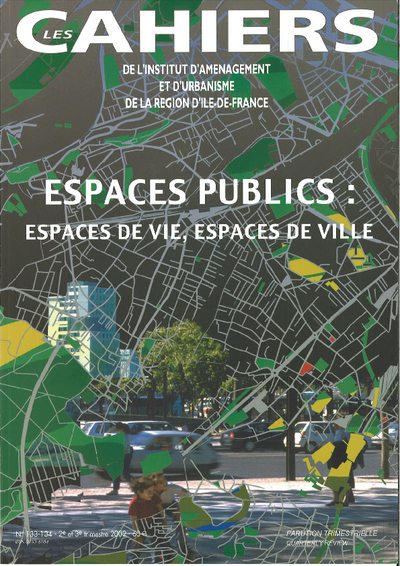Public spaces: regaining urbanity
Although rarely addressed per se, public space is very much at the heart of our preoccupations. Changes in society have meant that it is increasingly a forum of conflict, between environmentally-friendly forms of transport and the car, between public and private and citizens of the same metropolis, city, even the same district…
Public space nevertheless constitutes a framework for the fabric of the city. Its traces in the cityscape bear witness to our rural past, the application of political will, or, more simply, expedient solutions to the meteoric growth of cities and mobility requirements. The streets have always been considered to be common property, collective heritage, a theatre of expression and a daily environment for citizens going about their everyday lives like villagers. This “university of life”vision is being undermined by changes in lifestyles. “Nowadays people feel more comfortable at home in front of their television or in their car faced with a sense of insecurity outdoors”.
This somewhat succinct vision of one of the founding principles of our cities has fortunately been counter-balanced in the last twenty years by a growing awareness of the physical reality of public space. At the end of the “Trente Glorieuses” period this awareness was expressed in the form of meticulous attention to public space composition and an emphasis on renewing links between streets and the buildings which act as an extension and backdrop for the whole.
At the time when the “loi SRU” –Urban Solidarity & Renewal Law– has put public space planning very much centre stage in terms of town planning the time is ripe to publish a collection of papers on the subject. Its purpose is to present real town-planning projects designed to achieve true, safer and more welcoming living environments enhanced in such a manner as to present a revived, updated and attractive image of the city.
This study is linked to the following theme :
Urban planning
